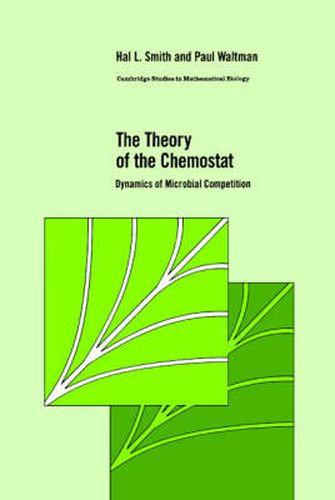Readings Newsletter
Become a Readings Member to make your shopping experience even easier.
Sign in or sign up for free!
You’re not far away from qualifying for FREE standard shipping within Australia
You’ve qualified for FREE standard shipping within Australia
The cart is loading…






The chemostat is a basic piece of laboratory apparatus, yet it has begun to occupy an increasingly central role in ecological studies. The ecological environment created by a chemostat is one of the few completely controlled experimental systems for testing microbial growth and competition. As a tool in biotechnology, the chemostat plays an important role in bioprocessing. This book presents the theory of the chemostat as a model for larger ecological problems such as food chains, competition along a gradient, competition in the presence of an inhibitor, and the effects of time varying inputs. Mathematical models that take account of size structure, variable yields, and diffusion are also considered. The basic phenomena are modeled and analyzed using the dynamical systems approach. New directions for research and open problems are discussed. Six appendices provide an elementary description of the necessary mathematical tools.
$9.00 standard shipping within Australia
FREE standard shipping within Australia for orders over $100.00
Express & International shipping calculated at checkout
The chemostat is a basic piece of laboratory apparatus, yet it has begun to occupy an increasingly central role in ecological studies. The ecological environment created by a chemostat is one of the few completely controlled experimental systems for testing microbial growth and competition. As a tool in biotechnology, the chemostat plays an important role in bioprocessing. This book presents the theory of the chemostat as a model for larger ecological problems such as food chains, competition along a gradient, competition in the presence of an inhibitor, and the effects of time varying inputs. Mathematical models that take account of size structure, variable yields, and diffusion are also considered. The basic phenomena are modeled and analyzed using the dynamical systems approach. New directions for research and open problems are discussed. Six appendices provide an elementary description of the necessary mathematical tools.